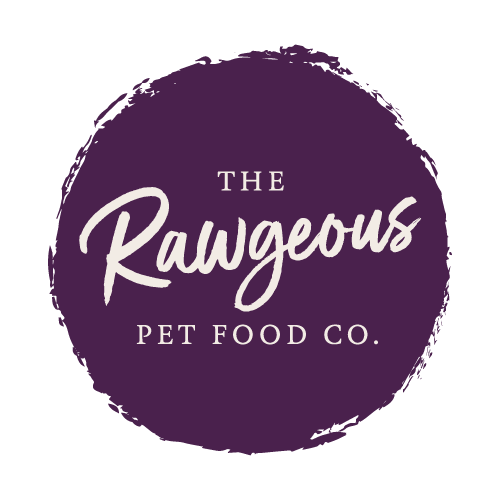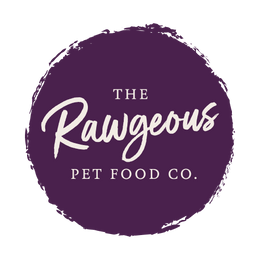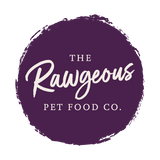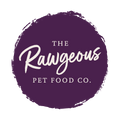Common Mistakes People Make with Raw Dog Food
Introduction
Raw dog food has gained popularity among pet owners as a natural and nutritious alternative to processed commercial pet food. Proponents of raw feeding argue that it provides numerous health benefits for dogs, including improved digestion, shinier coats, and increased energy levels. However, despite its advantages, there are several common mistakes that people make when feeding their dogs a raw diet. In this article, we will explore these mistakes and provide guidance on how to avoid them.
Lack of Balance and Nutritional Deficiencies
One of the most significant mistakes people make when feeding their dogs a raw diet is not providing a balanced and complete nutritional profile. A raw diet should consist of various animal proteins, such as muscle meat, organs, and bones, along with some fruits and vegetables. Neglecting to include all these essential components can lead to nutritional deficiencies over time. It is crucial to consult with a pet nutritionist to ensure that your dog's raw diet meets all its nutritional requirements.
Incorrect Ratios and Portion Sizes
Another mistake is failing to establish the right ratios and portion sizes for a dog's raw diet. Dogs have different nutritional needs based on factors such as age, breed, size, and activity level. It is vital to determine the appropriate amount of protein, fat, and carbohydrates for your specific dog. Overfeeding or underfeeding can lead to weight gain or loss, respectively, and impact your dog's overall health. Consulting a professional or using a reputable raw feeding calculator can help you determine the correct portions for your furry friend.
Ignoring Quality Control and Sourcing
The quality of the raw ingredients used in a dog's diet is crucial for their well-being. Some people make the mistake of using low-quality meat or sourcing ingredients from unreliable suppliers. It is essential to prioritize high-quality, human-grade ingredients for your dog's raw food. Look for reputable sources that prioritize ethical farming practices and offer quality control measures to ensure the safety of their products. By doing so, you can reduce the risk of exposing your dog to harmful substances or low nutritional value.
Lack of Transition and Monitoring
Transitioning a dog from a commercial diet to a raw diet should be done gradually to prevent digestive issues. Some pet owners make the mistake of abruptly switching their dog's food, leading to diarrhea, vomiting, or other gastrointestinal problems. It is recommended to introduce raw food slowly, mixing it with the current diet and gradually increasing the ratio of raw food over a few weeks. Additionally, closely monitor your dog's health and well-being during the transition phase and afterward to ensure they are adapting well to the new diet.
Not Seeking Professional Advice
Feeding a raw diet requires careful planning and consideration of a dog's individual needs. Unfortunately, many people make the mistake of not seeking professional advice before starting their dog on a raw diet. Consulting with a veterinarian or a veterinary nutritionist who is knowledgeable about raw feeding can provide valuable insights tailored to your dog's specific requirements. These professionals can offer guidance on meal planning, nutritional supplements, and potential health concerns, ensuring that your dog receives a balanced and healthy raw diet.
Conclusion
Raw dog food can offer numerous benefits to your furry companion, but it is essential to avoid common
Feeding your dog a raw diet can be a healthy and rewarding choice, but it's important to avoid the common mistakes that can compromise your dog's well-being. By understanding the potential pitfalls and taking proactive measures, you can ensure that your dog receives a balanced and nutritious raw diet.
Some of the key mistakes to avoid include neglecting to provide a balanced nutritional profile, incorrect portion sizes and ratios, mishandling and contamination of raw food, ignoring quality control and sourcing, not properly transitioning your dog to a raw diet, and failing to seek professional advice.
To help address these challenges, consider choosing a reputable raw dog food provider like Rawgeous. With Rawgeous, you can be confident that raw meals are complete and balanced, taking the guesswork out of meal planning. They can also offer guidance and support during the transition phase, ensuring a smooth adjustment for your dog.
Additionally, Rawgeous prioritizes high-quality ingredients and ethical farming practices, reducing the risk of contamination and ensuring that your dog receives the best possible nutrition. Their meals are carefully formulated to meet the nutritional needs of dogs, giving you peace of mind that your pet's dietary requirements are being met.
In conclusion, when it comes to raw dog food, make informed decisions, prioritize quality, seek professional advice, and choose a reputable provider like Rawgeous. By doing so, you can optimize your dog's health, vitality, and overall well-being through a balanced and carefully crafted raw diet.



